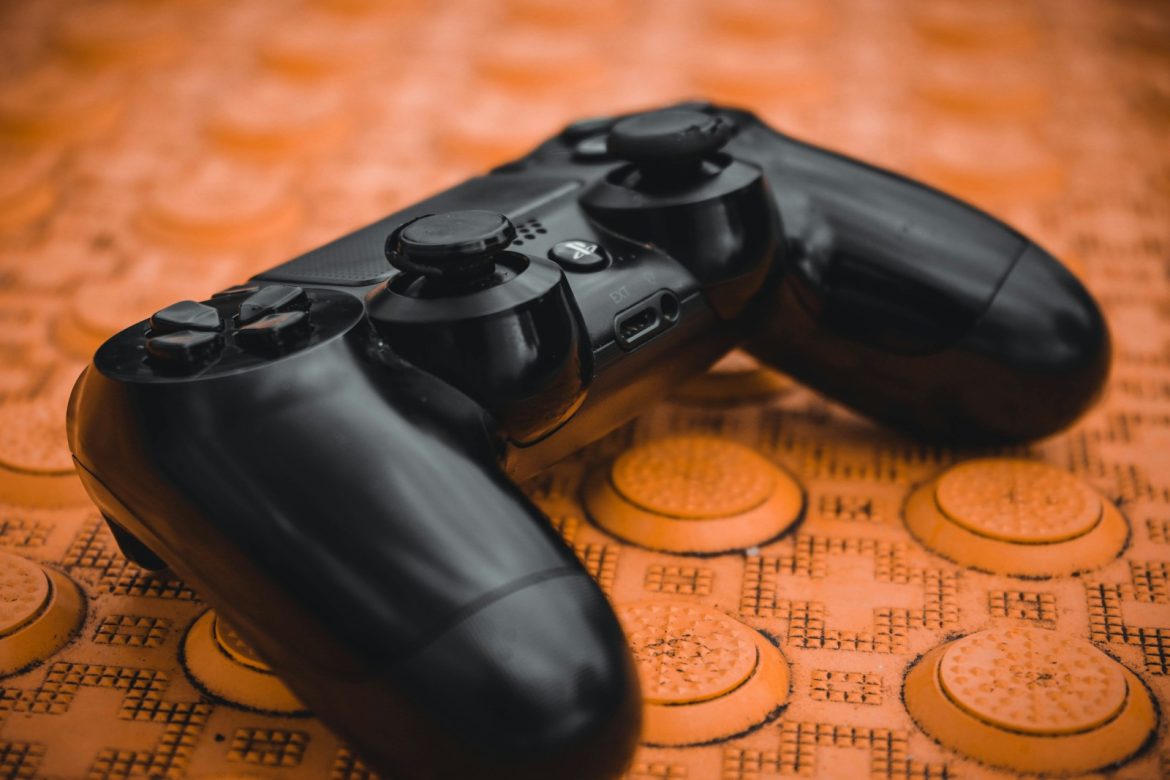Intro
Whether you’re new to the scene or looking to improve your play, understanding what makes top-ranked players succeed is crucial. This guide combines wisdom from pro Valorant players into practical tips you can use immediately in your games. From mastering the meta to honing your aim, we’ve got you covered!
Understanding the Valorant Meta
The meta in Valorant is ever-changing and shaped by updates and the competitive scene. Currently, flexibility and team synergy reign supreme. Agents like Omen for strategic smokes or Sage for crucial heals and resurrects can change the direction of a game. Understanding which agents work best on each map and what strategies top teams employ can give you and your team a nice edge.
Agent Selection and Team Composition
In high-level Valorant play, building a balanced team capable of adapting to any situation is paramount. The key to a versatile team is to ensure that each agent’s abilities complement the others, allowing for both strong defensive holds and dynamic offensive maneuvers. For instance, a well-rounded team often includes:
- A Controller like Omen or Viper, who can block vision and control space, making it easier for your team to take site control or defend.
- A Duelist like Phoenix or Reyna, capable of getting opening kills and creating space for the team.
- An Initiator like Sova or Breach, who can gather intelligence and disrupt enemy positions with their abilities.
- A Sentinel like Sage or Cypher, to provide support through healing, resurrection, or information gathering.
- A Flex Pick, depending on the map and strategy, such as a second Duelist, Initiator, or even another Controller or Sentinel.
Communication during the agent selection phase is critical. Discuss with your team to ensure that your agent picks synergize well. Consider the map and what strategies you plan to employ. For example, on a map like Split, where tight angles and corridors are common, an agent like Viper can be invaluable for controlling space with her toxic screen and gas clouds.
Mastering Map Strategies
Each map in Valorant demands specific strategies for attacking and defending. For example, controlling mid gives attackers multiple options on Haven, while defenders must be adept at quick rotations. Top players use their knowledge of map layouts to set ambushes, execute split attacks, and defend critical points effectively. Learning these map-specific tactics can drastically improve your win rate.
Economic Management
Effective economic management in Valorant can often be the difference between victory and defeat. Here are key principles to follow:
- Understand the Basics: Recognize when to Buy (full armor and weapons), Save (minimal or no spending to build up economy for future rounds), or Half-buy (spending some money to balance the team’s economy while still being somewhat competitive).
- Team Economy Over Individual: Always discuss with your team before buying. If one player can’t afford to buy, it might be worth considering a save or half-buy round so you can buy together in the next.
- Use Your Abilities Wisely: Abilities are a key part of Valorant’s economy. Don’t waste them early in rounds or buy them if it means sacrificing important weapons or armor. However, investing in crucial abilities that can win rounds is often worth the expense.
- Adapt to the Match’s Flow: If you’re losing several rounds in a row, consider more aggressive economic strategies, like a surprise full-buy or force-buy, to disrupt the enemy’s momentum.
Aiming and Shooting Mechanics
Top players emphasize the importance of mastering the fundamentals of aiming and shooting. Here are practices to enhance your accuracy:
- Crosshair Placement: Always aim at head level and anticipate where enemies will appear. This reduces the distance you need to move your mouse to hit a headshot.
- Movement and Shooting: Learn to counter-strafe to stop your movement before shooting for increased accuracy. Moving while shooting significantly reduces your accuracy in Valorant.
- Recoil Control: Each weapon has a unique recoil pattern. Spend time in the practice range learning these patterns so you can control your spray more effectively during fights.
- Routine Practice: Dedicate time to practice aiming daily. Use the practice range, aim trainers, or custom maps designed for aim training. Consistency is key to improving muscle memory and reaction times.
Communication and Teamwork
Clear and concise communication can significantly boost your team’s performance. Here are tips to enhance team synergy:
- Callouts: Learn the common callouts for each map to quickly and accurately communicate enemy positions.
- Positive Reinforcement: Valorant can be tense. Keeping team morale high with positive reinforcement can lead to better performance and more enjoyable games.
- Strategic Discussion: Use downtime (e.g., during buy phases) to discuss strategies or adjustments based on what’s working or not.
- Information Sharing: Share what you hear and see. Even if it seems minor, information like enemy reloads, ability usage, or footsteps can be crucial for making strategic decisions.
Reviewing and Analyzing Your Gameplay
Every loss is a learning opportunity, so don’t tilt. Instead of buying/playing on a smurf account, review your gameplay to identify mistakes and areas for improvement. This is a habit of all successful players.

